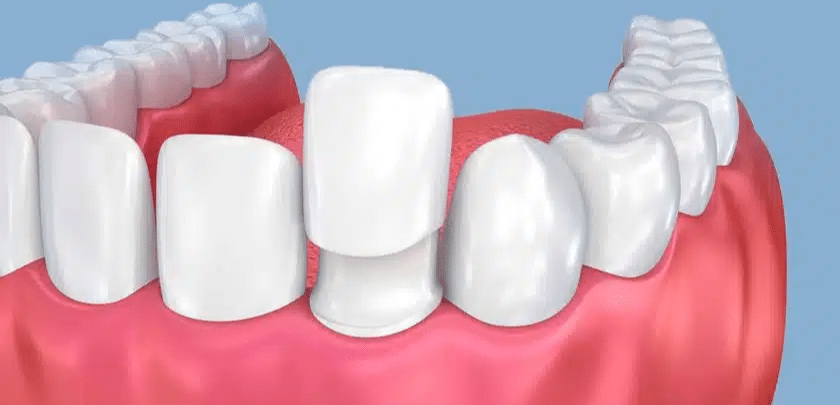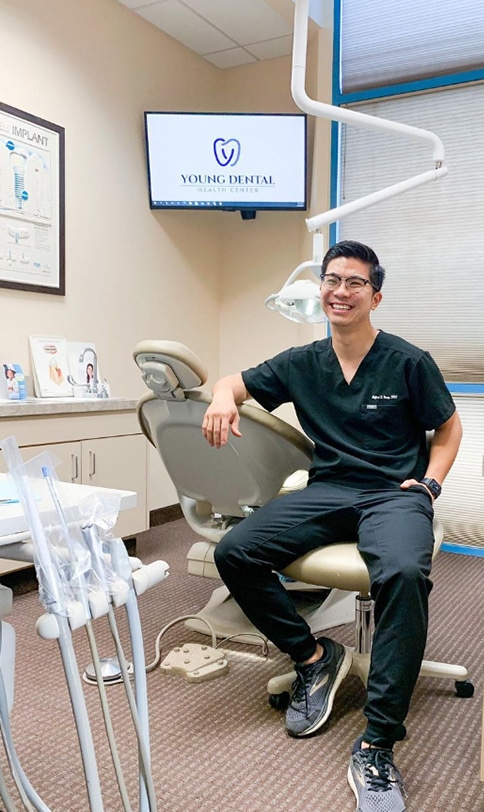E-mail Us
Lumineers Vs. Traditional Dental Veneers: Which One Should You Choose?

A stunning smile always leaves a lasting impression and levels up your self-confidence. The use of dental veneers is a fast and efficient way to improve your teeth. However, many people aren’t sure which option is ideal for them when it comes to Lumineers or traditional veneers.
Although both solutions make teeth seem better, they vary in terms of cost, durability, material, and procedure. To help you choose the best option for your smile makeover, let’s identify the differences in this blog.
The No-Prep Veneers: Lumineers
An very thin alternative to conventional veneers, Lumineers require little to no tooth preparation. They are around 0.3 mm thick, making them as thin as a contact lens.
Benefits of Lumineers
- No need to reshape teeth.
- Can be taken off if necessary.
- Fast process, takes only few dental visits.
- With proper care, last for 10 to 15 years.
Disadvantages of Lumineers
- Best for minor cosmetic issues.
- May feel thicker against teeth.
- Look less natural.
Conventional Veneers: A Timeless Option
These dental veneers are typically composed of porcelain, and before placement, a thin layer of enamel (about 0.5 mm) must be removed. This guarantees a tight and organic-looking fit. These veneers provide the following advantages:
- They blend in perfectly with your smile for a natural appearance.
- Effective for serious problems as it corrects damage, misalignment, and discolouration.
- Durable for 15 to 20 years.
Drawbacks of Traditional Veneers
- The loss of enamel is irreversible and permanent.
- Drilling and reshaping are necessary because it is invasive.
- Because of the intricate process, it is more costly.
Lumineers or Traditional Veneers? A Quick Comparison
- Lumineers are ultra-thin (0.3 mm), require no enamel removal, and are reversible, making them ideal for minor cosmetic issues. However, they may feel bulkier and last 10-15 years.
- Traditional veneers are thicker (0.5 mm+), require enamel removal, and offer a more natural, long-lasting (15-20 years) look, making them better for severe discoloration or damage.
- While Lumineers are more affordable, traditional veneers provide a superior, durable solution.
A study published in The Journal of Prosthetic Dentistry found that porcelain veneers have a 94% survival rate after 10 years, making them one of the most durable cosmetic dental treatments.
Which One Should You Choose?
The right choice depends on your cosmetic goals, dental condition, and budget.
Choose Lumineers if:
- You want a minimally invasive procedure.
- You have mild cosmetic concerns (like minor discoloration or small gaps).
- You prefer a reversible option.
Choose Traditional Veneers if:
- You need to correct more severe issues (such as misalignment or extensive staining).
- You want a more natural-looking and long-lasting solution.
- You’re comfortable with a permanent change to your teeth.
Both Lumineers and traditional veneers offer excellent ways to transform your smile. If you prefer a non-invasive, reversible option, Lumineers may be the way to go. However, if you’re looking for the most natural, long-lasting solution, traditional veneers could be a better fit.
Before making a decision, consult with our cosmetic dentist, who can evaluate your teeth and recommend the best option based on your needs. No matter which one you choose, you’ll be one step closer to the radiant smile you’ve always wanted!









